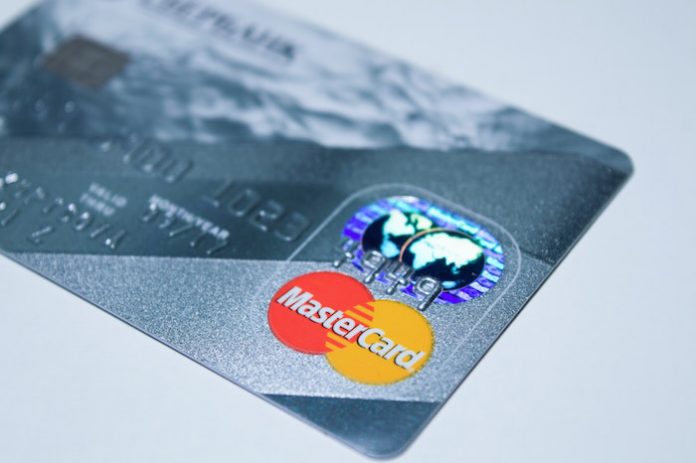A bad credit score can reduce your chance of getting a loan or a mortgage. You can have your car, home or any loan application denied or be charged a higher interest rate because of your credit score.
However, you can repair your credit and improve your score with discipline over time.
Here are the best options for repairing your credit.
Use a Credit Repair Company
Credit repair companies help to repair the credit score by removing negative items from the credit report. Some of the negative things are liens, bankruptcies, late payments, debt collections, charge-offs and more.
The credit repair company downloads your credit report from the credit bureaus and reviews it for errors. It then finds mistakes affecting your credit score and corrects them. Some of the mistakes include inaccurate personal information, incorrect balances, and mistakes in data management.
Then they gather evidence to prove the false information in the credit report. This can take several days or a few hours.
The credit repair company sends the evidence and dispute to the credit bureaus. They should get a response from the credit bureaus within 30 days explaining if the error has been corrected.
So, if you want a better credit score, you can seek the services of a credit repair company to fix it. Those additional points can mean the difference between being denied a loan and accessing it or getting charged high-interest rates.
In case you don’t know where to find a credit repair company, check out Observer.com for recommendations.
Do Credit Repair Yourself
If you can fix your credit, or you don’t have the money to pay a credit repair company, you can still opt to repair your credit.
In fact, you can do what credit repair companies do. It may be time-consuming and tedious, but you can do it.
How will you do it?
1. Get Copies of Your Credit Report
Your credit report will show all the mistakes that are affecting your credit score. You can obtain copies from the credit bureaus. Legally, you should get a free credit report per year. In the US, you can get the reports from AnnualCreditReport or from the credit bureaus.
Make sure you get the reports from the major credit bureaus, since each bureau may have different information.
The reports will show you the credit history and what you need to repair.
2. Check the Credit Report
Go through the credit reports keenly. If it is your first time checking the report, it may feel overwhelming. Check the reports from the different credit bureaus. They may seem similar, but there may be some differences.
The reports contain a history of your accounts, personal identifying information, items listed in public record such as bankruptcy, and enquiries to your credit report.
You will need to do credit repair to improve your credit score. You should repair:
- Incorrect information such as payments that have been reported late incorrectly, credit accounts that are not yours, and inaccurate and incomplete reports.
- Accounts that you have exceeded credit limits.
- Delinquent, charged-off, and past due accounts or those sent to collections.
3. Dispute the Errors
You can dispute incomplete, inaccurate, and unverifiable information in your credit report. You can make the dispute online, through the mail, or over the phone. The best way to make a dispute is by regular mail, since it leaves a paper trail and you can attach proof.
Attach a credit report copy with your dispute.
After you send the dispute, the credit bureau will investigate and should respond in 30 days.
Alternatively, you can send the dispute to the business or the bank that listed the error.
Your credit report is updated after a successful dispute.
Make Payments
To repair your credit report, you need to pay your debts.
1. Make sure your past due accounts are paid or current.
2. If your account is less than 180 days past due but delinquent, pay all the amount that’s past due. You can contact the creditor, and hopefully, they can waive the late penalties or spread the past due amount to be paid over a few payments.
3. If you have a charge-off (debt 180 days past due), make sure you pay it off. Also, you can agree on a settlement with the creditor. A charge-off can prevent you from getting loans or new credit. After payment or settlement, a charge-off status remains in your credit report for seven years.
4. If you have collection accounts, pay them off or agree on a settlement with the creditor. The collection remains for seven years in your credit report.
5. For your maxed-out credit cards, make payments up to below the credit limit. Continue paying until you are less than 30% of the credit limit. Better if you can get it below 10%.
Therefore, to salvage your credit score, make sure that the accounts likely to become past due are current. Then reduce your credit card balances and pay off charged-off and collection accounts.
Find a Home-Based Business to Start-Up >>> Hundreds of Business Listings.
















































